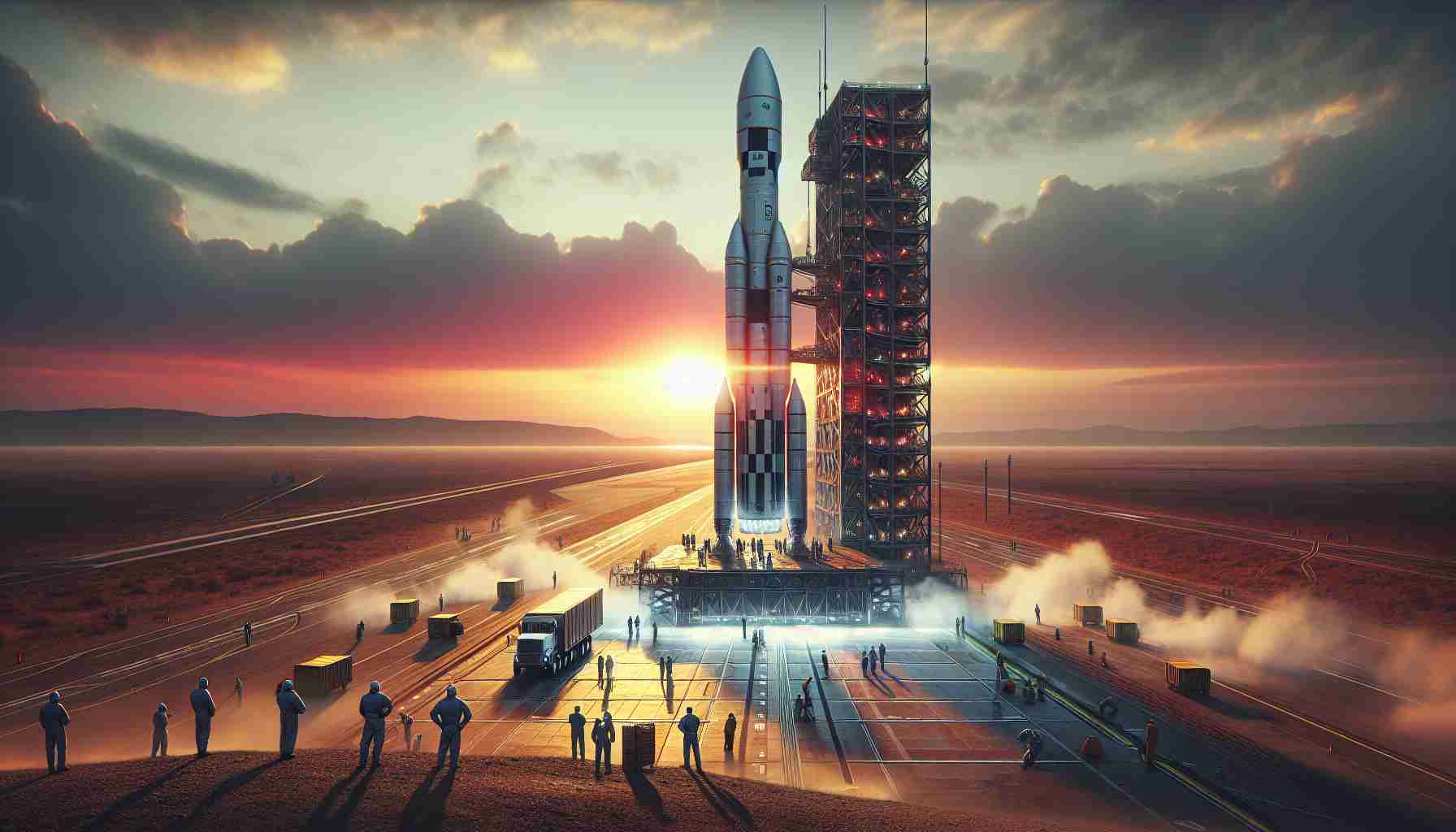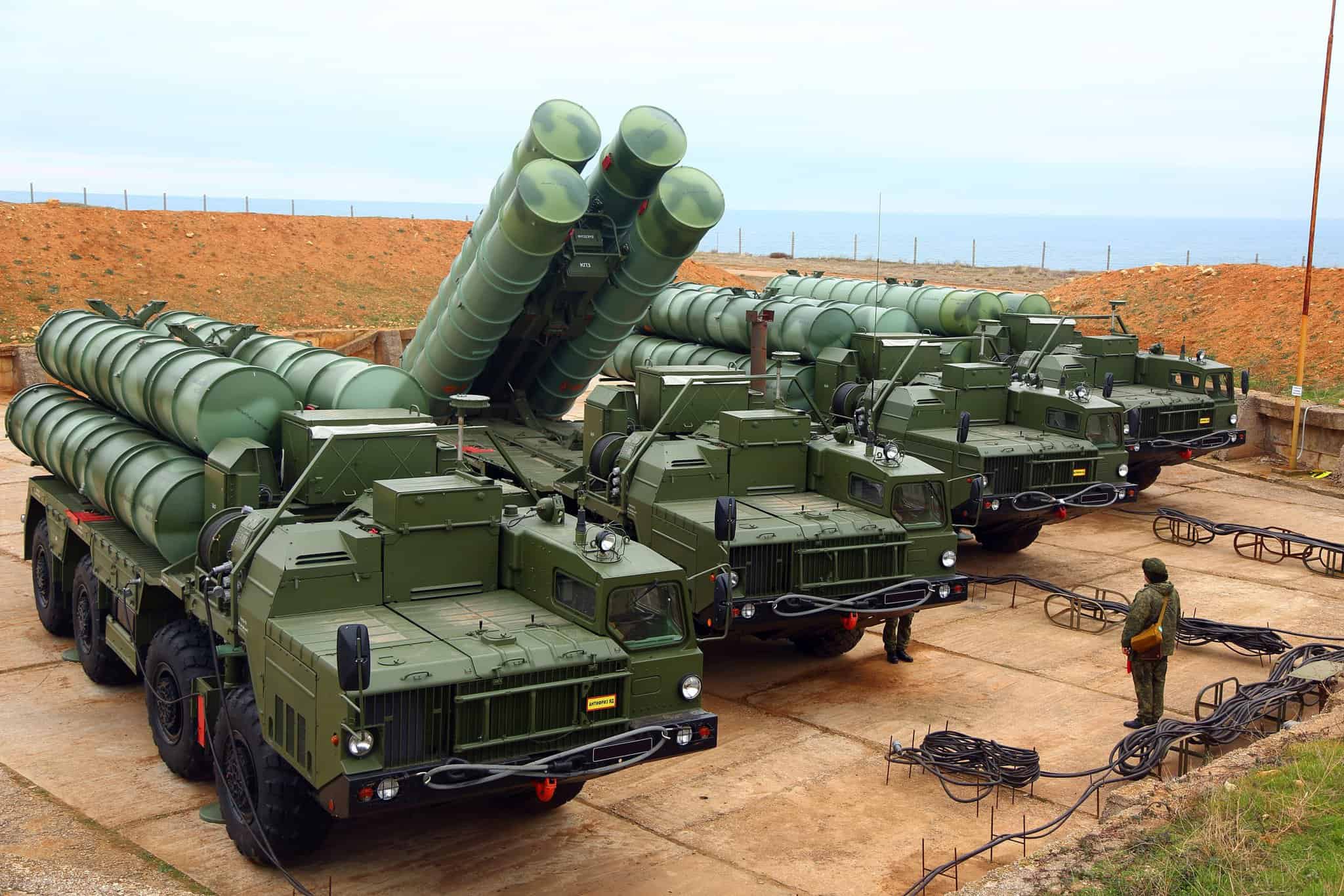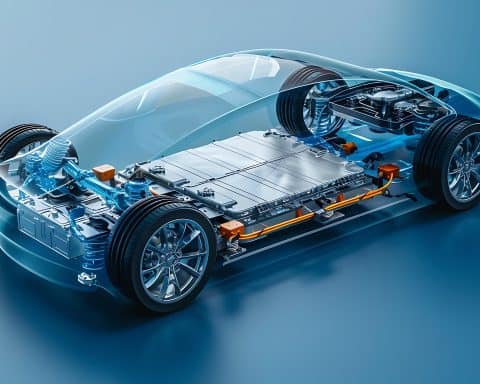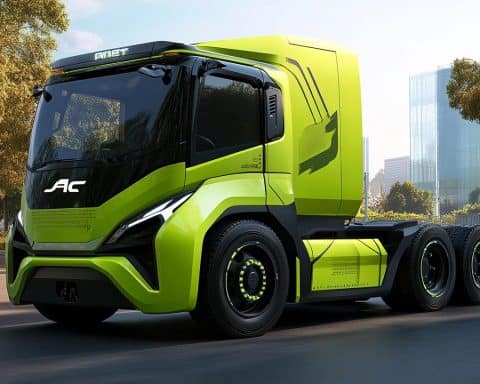- NASA and GA-EMS have achieved a significant breakthrough in nuclear-powered rocket technology by successfully testing nuclear propellant fuel in space-like conditions.
- The tests were conducted at NASA’s CFEET facility, heating NTP fuel cycles to extreme temperatures of 2600 Kelvin (4,220°F) with superheated hydrogen.
- The fuel’s endurance under operational conditions marks a crucial step toward safe and reliable nuclear propulsion for deep space exploration.
- GA-EMS also tested shielding techniques to enhance performance, reflecting substantial progress since the 1950s NTP concept.
- NASA and DARPA plan to demonstrate a nuclear thermal rocket engine by 2027, offering the potential for more efficient and faster interplanetary travel.
- The shift from chemical to nuclear propulsion could revolutionize space exploration, enabling longer missions with less fuel.
Imagine cutting the journey to Mars from months to mere weeks. This once-distant dream is approaching reality, thanks to the latest breakthroughs in nuclear-powered rocket technology. NASA and General Atomics Electromagnetic Systems (GA-EMS) have achieved a pivotal milestone by successfully testing nuclear propellant fuel under space-like conditions, marking a significant advance toward employing nuclear thermal propulsion (NTP) for interplanetary travel.
In these groundbreaking tests at NASA’s Compact Fuel Element Environmental Test (CFEET) facility, scientists heated and cooled NTP fuel cycles to extreme temperatures, reaching a scorching 2600 Kelvin (4,220°F) using superheated hydrogen. This crucial step affirmed the fuel’s endurance in operational conditions, heralding progress towards the dream of safe, reliable nuclear propulsion for deep space exploration.
The testing didn’t just stop with the fuel. GA-EMS experimented with shielding techniques to optimize performance under reactor-like conditions. Though the concept of NTP dates back to the 1950s, these recent tests represent some of the first substantial advancements, propelling us closer to deploying a rocket capable of carrying humans and cargo deeper into the cosmos.
NASA and DARPA are also in the race, planning their own nuclear thermal rocket engine demonstration by 2027. The promise of these technologies is immense: higher efficiency rockets that use less fuel for longer burns, resulting in faster travel to distant worlds. As space agencies and private ventures fix their gaze on the Moon and beyond, the shift from chemical rockets to nuclear propulsion could revolutionize our approach to space exploration, pushing the boundaries of where humanity can journey next.
Revolutionizing Space Travel: How Nuclear Rockets Could Get Us to Mars in Weeks
How Do Nuclear Thermal Propulsion (NTP) Rockets Work?
Nuclear Thermal Propulsion rockets function by using a nuclear reactor to heat a propellant, such as hydrogen, to extremely high temperatures. The heated propellant is then expelled through a nozzle to produce thrust. This method offers a higher efficiency than traditional chemical propulsion, allowing for faster and longer space travel.
What Are the Pros and Cons of Nuclear Propulsion?
Pros:
– Efficiency: Nuclear rockets have a higher specific impulse than chemical rockets, meaning they get more thrust per unit of fuel.
– Faster Travel Times: With NTP, travel time to Mars could potentially be reduced from months to weeks.
– Longer Missions: The efficiency of nuclear rockets allows for longer missions with less fuel.
Cons:
– Safety Concerns: Handling nuclear materials poses significant safety and environmental risks.
– Cost: The development and deployment of nuclear technology are expensive.
– Complexity: The technology is more complex and requires stringent testing and safety protocols.
What Are the Predictions for the Future of Nuclear Space Exploration?
Experts predict that, if successful, nuclear thermal propulsion could open up new opportunities for deeper space exploration, including manned missions to Mars and possibly beyond. As testing continues and more milestones are achieved, we might see more agencies embracing nuclear propulsion technologies.
Insights into Current Trends and Innovations
Current trends suggest a renewed interest in nuclear propulsion not only from government agencies like NASA and DARPA but also from private space ventures. The increasing competition to reach Mars and other distant celestial bodies is fostering rapid innovation in propulsion technologies.
Security and Sustainability Concerns
While nuclear propulsion offers numerous advantages, it also raises concerns regarding the security of nuclear materials in space and the sustainability of using such advanced technology responsibly. Public opinion and regulatory frameworks will play crucial roles in determining the future of nuclear-powered space travel.
Tutorials and Compatibility with Existing Technologies
As this technology advances, new tutorials and educational resources will become available to integrate nuclear propulsion systems with existing spacecraft designs and technologies. Compatibility testing will ensure that these systems can function alongside current space exploration infrastructure.
Market Analysis and Forecast
The market for space propulsion systems is expected to grow significantly with the development of nuclear propulsion technologies. This expansion could lead to increased investment from both governmental and private sectors, driving further advancements and reducing costs over time.
For further information on cutting-edge technologies and developments in space exploration, visit the official websites of NASA and General Atomics.

















